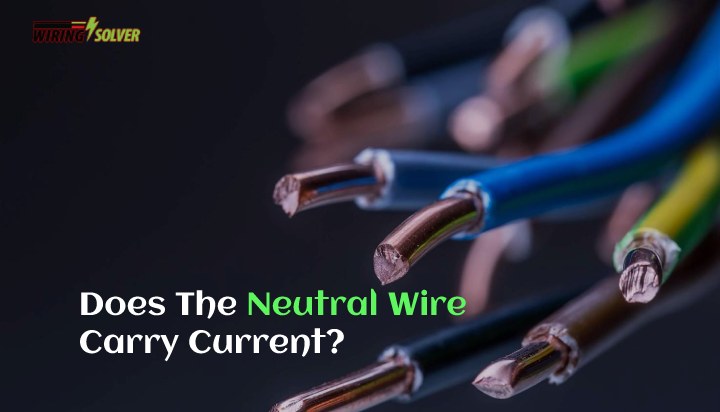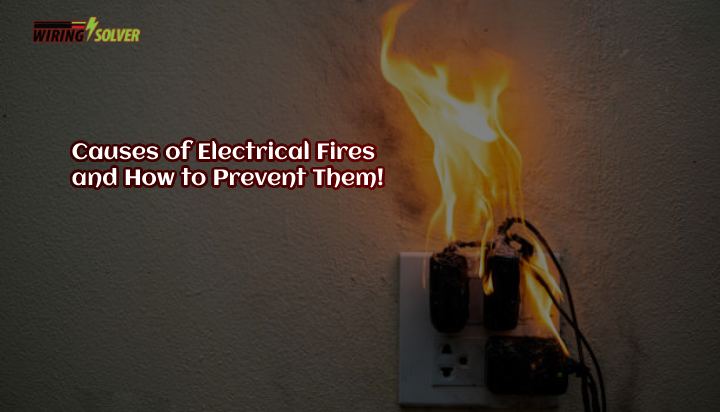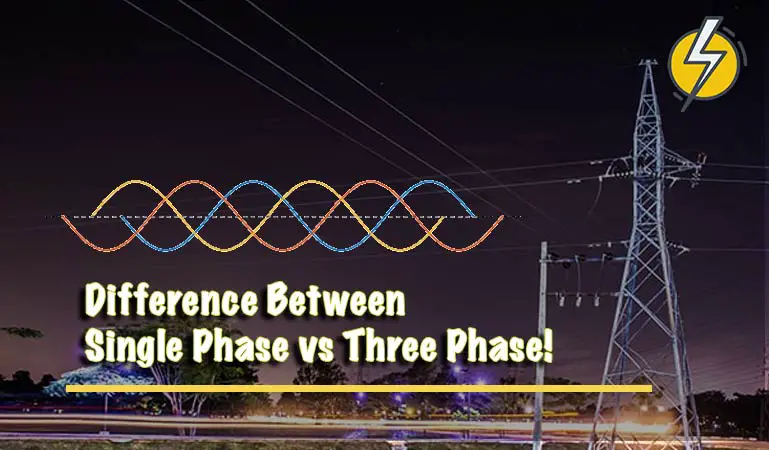Most of us are quite familiar with the concept of power strips and extension cords. They are used with our wall outlets either to increase the number of sockets or extend the power to a farther distance.
Even though they seemingly do the same task, they have several differences.
A common distinction can be made on how much safety they each provide, their cost, the number of devices supported, etc. Their shape and sizes can also differ. The flexibility of use also varies among these two.
In this article, I will be discussing the key differences between power strip VS extension cord in detail, as well as how each of these devices can serve you and your electrical appliances.
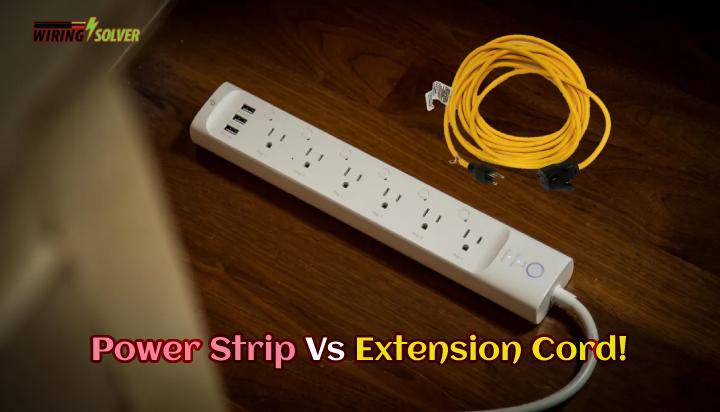
What Is a Power Strip?
According to Wikipedia, a power strip is a block of electrical sockets that attaches to the end of a flexible cable allowing multiple electrical devices to be powered from a single electrical socket. They can either accommodate plugs or USB.
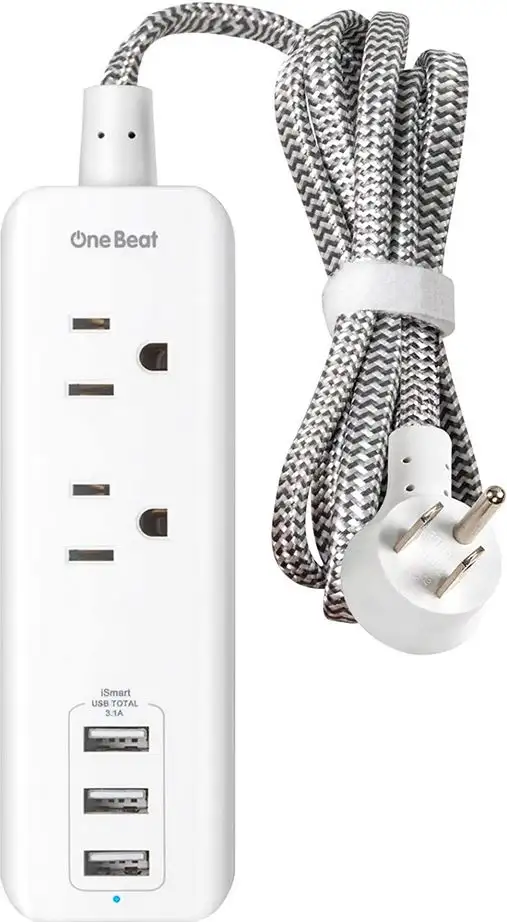
Power strips can often come with surge protection features. A surge is an increased amount of electricity that might overload your device circuitry and in some cases even fry them. This is an impressive safety feature that is a common necessity these days.
However, are all power strips surge protectors? No, they are not. A lot of power strips these days do come with surge protection. But not all of them will provide this feature. Do check the features of a power strip before opting to buy one.
Power switches often contain a master switch that can cut power to the entire strip if necessary. Other models might have individual switches for each socket. This is a neat feature, considering you might want the flexibility of operating each device individually. You are free to choose whichever you feel, is most convenient.
What Is an Extension Cord?
An extension cord is simply a long cable with a plug on one end and a socket on the other. Extension cords are mostly used to supply power from a wall outlet to a device farther from said outlet. They might have multiple sockets in some cases.
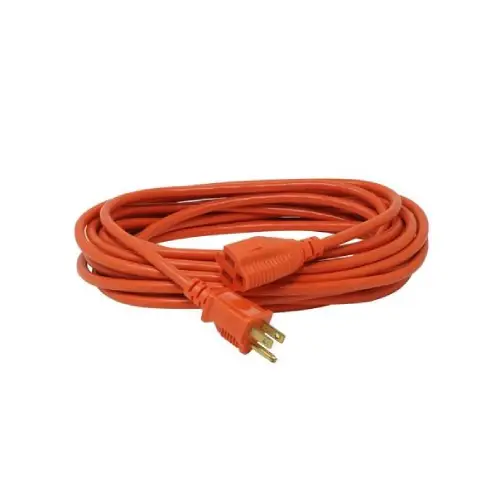
Extension cords only support one outlet of a significant type. Even though the terms power strip and extension cord are used interchangeably, they are different in structure, service, and purpose.
As the name suggests, an extension cord simply extends the power supply to a distant device, situated far from an outlet. They do not provide safety features such as surge protection or otherwise.
They are pretty handy if you wish to provide power to a single device. They are also pretty cost-effective compared to a power strip with additional features.
Differences Between a Power Strip and an Extension Cord
A power strip differs in many factors from an extension cord, such as shape and size, safety, cost, etc. The key differences between a power strip and an extension cord are discussed below.
Power Strip VS Extension Cord – Chart
| Differences | Power Strip | Extension Cord |
| Safety | Power strips often come with surge protection features. | Extension cords do not provide any additional safety benefits. |
| Cost | Around $10 to $30. | Around $15 on average. |
| Number of Sockets | From 2 sockets up to 10 or more. | Generally contains one socket for input. |
| Shape and Size | Usually bulkier. | Comparatively compact. |
| Flexibility of Use | More flexible due to individual switches. | Less flexible. |
| Variety of Sockets | Can provide different sockets on one strip. | Only provides one type of socket. |
These are some of the key differences that set a power strip apart from an extension cord. However, power conditioner VS surge protector is an entirely separate topic of its own.
Which One Should You Choose?
Before taking a decision, you may need to consider some of these factors. Based on your use and requirements, your choice may vary.
Safety:
As a power strip can often come with a surge protector, they provide safety to your electrical devices and appliances. Electrical surges are one of the major causes of electrical malfunctions. An extension cord does not come with any such feature. Thus if your outlet does not provide surge protection, you might want to opt for a power strip.
Cost:
Due to the additional features of a power strip, and their excessive number of sockets, they tend to cost a bit more than an extension cord. If you are on a budget, and only want to power one device, you may choose to use an extension cord.
Number of Sockets:
Power strips can support multiple devices, as they contain multiple outlets of various kinds. Including USB ports to charge your phones and devices. But an extension cord usually only contains one single socket.
Shape and Size:
If you are looking for a pretty compact solution to extend your power supply, you may choose an extension cord. A power strip consists of multiple sockets, even up to 10 at a time. Therefore it tends to be considerably bulkier in shape.
Flexibility of Use:
Power strips contain a master switch to operate power in the entire strip. They might also provide an individual switch for each separate socket. It gives you huge flexibility over which devices you want to run and which you don’t. An extension cord sadly does not provide this flexibility.
Variety of Sockets:
A power strip may support plugs of different kinds. Including USB ports, types of 2 or 3 pronged plugs, etc. But an extension cable can provide power to only one individual type of plug.
These are some of the factors that you must keep in mind before deciding on which one to buy for your use.
Summary
In this article, I have briefed on the differences between power strip VS extension cord in detail. I have also discussed the factors which you should consider, before opting to use either one of these.
I hope this article has helped you make a proper decision, on which of these is the best for you.

![Why Does My Neutral Wire Have Voltage? [Answered]](https://wiringsolver.com/wp-content/uploads/2022/04/Why-Does-My-Neutral-Wire-Have-Voltage.jpeg)
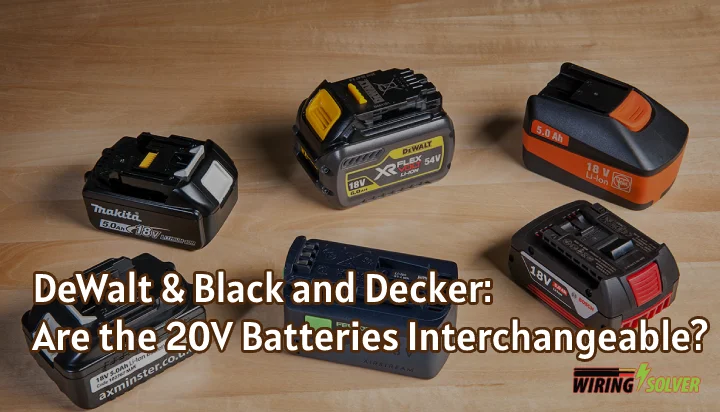
![What Is Black Wire in Electrical Outlets? [Explained]](https://wiringsolver.com/wp-content/uploads/2023/01/What-Is-Black-Wire-in-Electrical-Outlets.jpeg)
